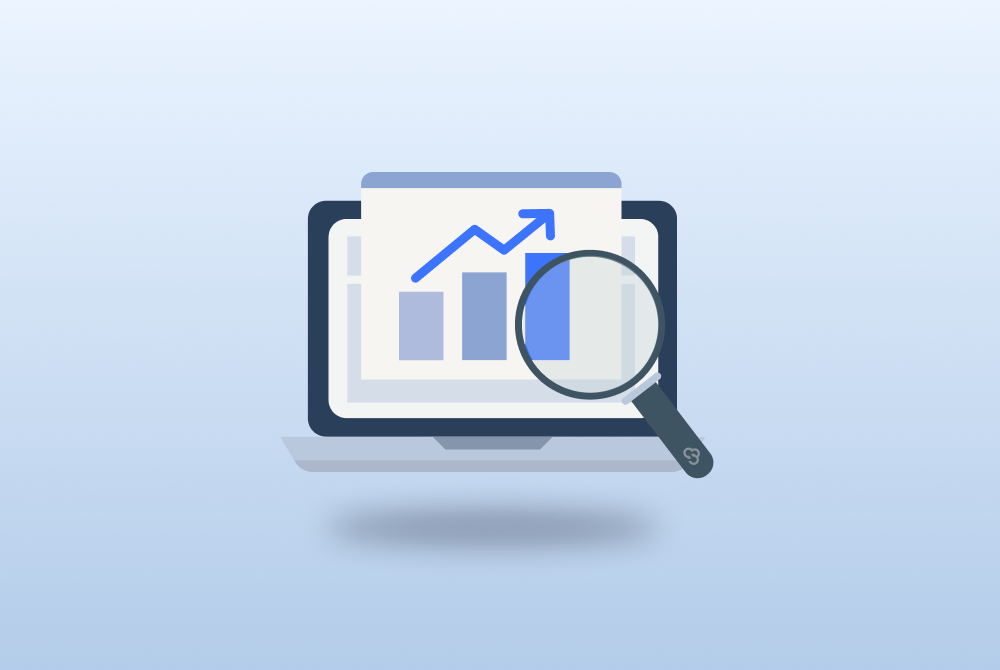Crafting a High-Impact Launches for SaaS Startups

McKinsey & Company reports that only 1.6% of SaaS companies sustain annual growth rates exceeding 30%. This indicates relying on a single product launch often doesn’t achieve those results.
Traditional linear approaches—moving from ideation to development to launch—frequently neglect real-time market demand. In fact, CB Insights reports that 42% of startups fail because they didn’t properly assess market needs. Even the most well-designed products can struggle if they don’t solve a relevant problem for their audience.
In this article, we’ll explore effective strategies for taking a SaaS product to market and driving continued growth.
Adopting a Multi-Threaded Strategy
The multi-threaded approach involves running multiple processes in parallel—product development, marketing, customer feedback, and sales—allowing businesses to adapt quickly to market demands and ensure a 20-30% smoother market entry.
Core Elements of a Multi-Threaded Strategy:
- Open Product Development: Keep the process transparent and gather early feedback from potential users.
- Beta Testing: Offer early access to your product, collect feedback, and iterate based on that input.
- Continuous Product Updates: Regularly update your product in response to user feedback, maintaining alignment with market expectations.
Product-Led Growth (PLG)
According to OpenView Partners, 40-60% of SaaS companies have now adopted PLG models, underscoring its growing importance in the industry.
Product-led growth (PLG) has become a dominant strategy in the SaaS world. Rather than relying heavily on sales or marketing teams to drive growth, PLG focuses on the product itself as the primary vehicle for user acquisition, retention, and expansion. When users experience a product’s value firsthand, they are more likely to recommend it, fostering organic growth.
For example, Dropbox adopted a freemium model, allowing users to experience the product for free. This approach generated viral growth as users shared the product with their networks. Similarly, Twilio achieved an impressive Net Retention Rate (NRR) of 139%, meaning that it grew revenue by 39% annually from its existing customer base alone.
Key Components of a PLG Strategy:
- Freemium or Free Trial: Lower the barrier to entry by offering a free version or trial of the product.
- Data-Driven Feedback: Analyze user behavior to continually improve the product.
- Built-In Viral Features: Integrate features that encourage users to share the product, fostering organic growth.
User Feedback and Product Iteration
One of the processes from the multi-threaded approach, collecting and acting on user feedback is crucial for long-term product success.
Studies show that 40% of users abandon a product after the first use if it doesn’t meet their expectations. Reducing churn requires a feedback loop that captures insights, analyzes them, and implements necessary changes quickly.
Both Slack and Dropbox have excelled in using feedback loops to refine their products. Slack encouraged early users to provide feedback and continuously rolled out updates to improve its user experience. Dropbox similarly listened to early feedback, enhancing core functionalities and establishing itself as a simple yet robust cloud storage solution.
Conclusion: A Blueprint for Successful Launches
Successfully launching and growing a SaaS product requires implementing a multi-threaded approach, leveraging a product-led growth strategy, and gathering feedback via soft launches to reduce churn, increase user engagement, and drive long-term, organic growth.
Following these strategies will help you boost customer retention and build a thriving SaaS business that scales efficiently.
